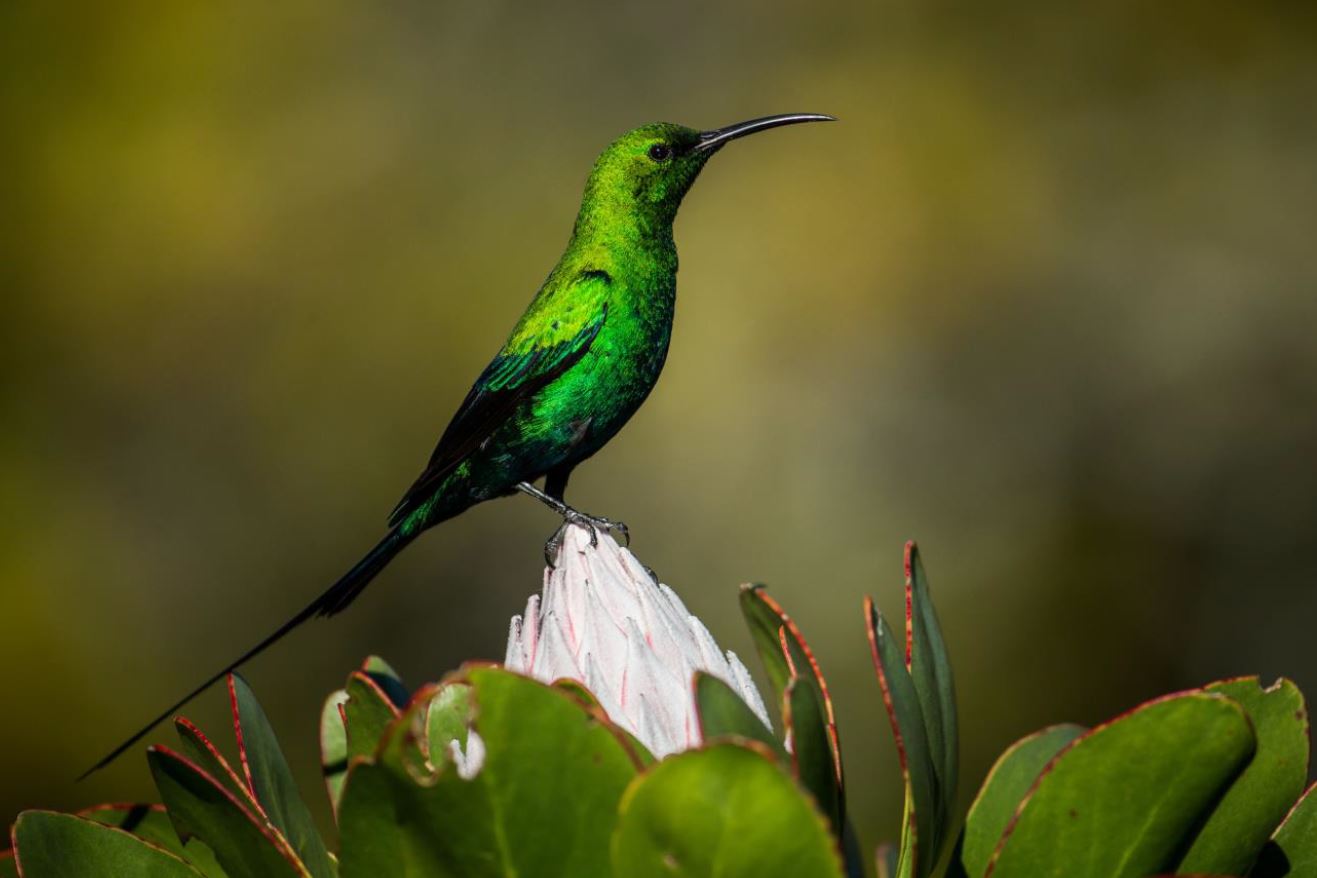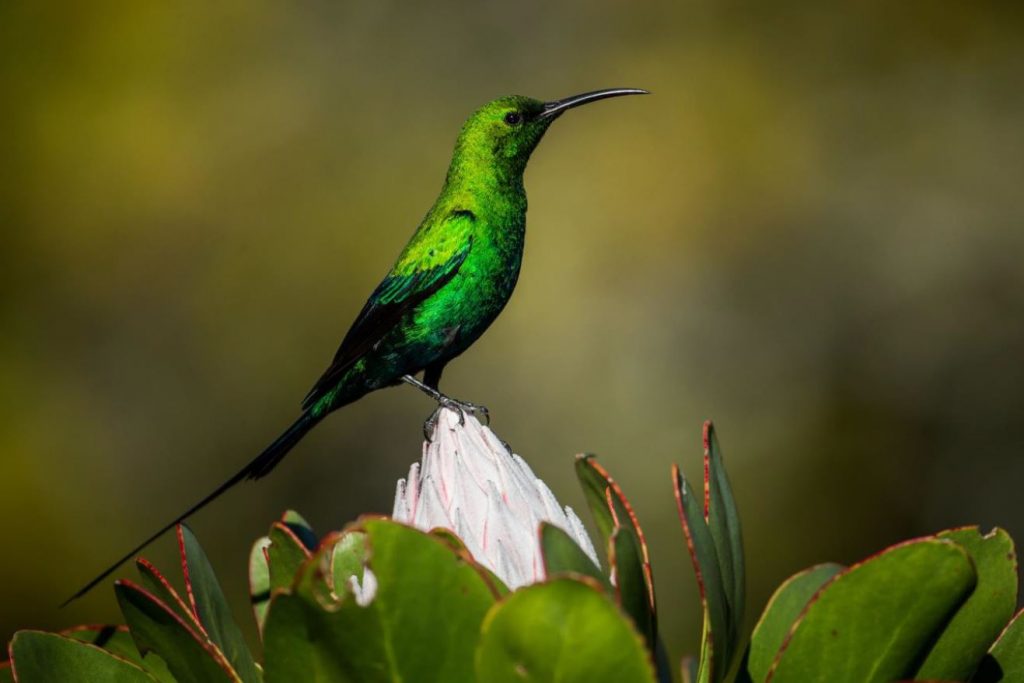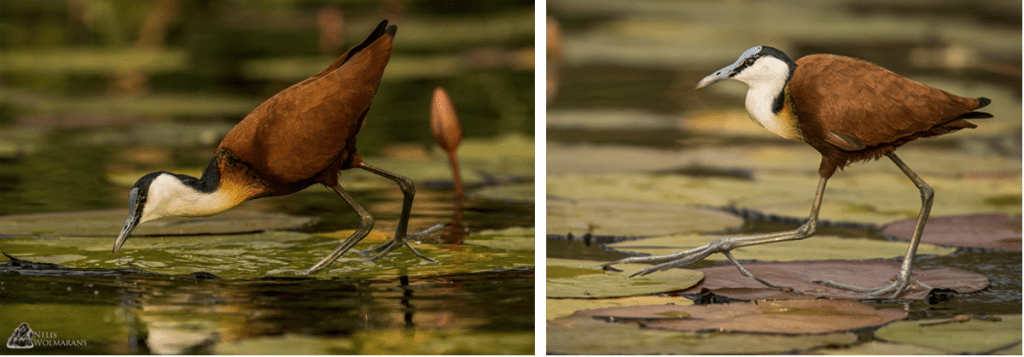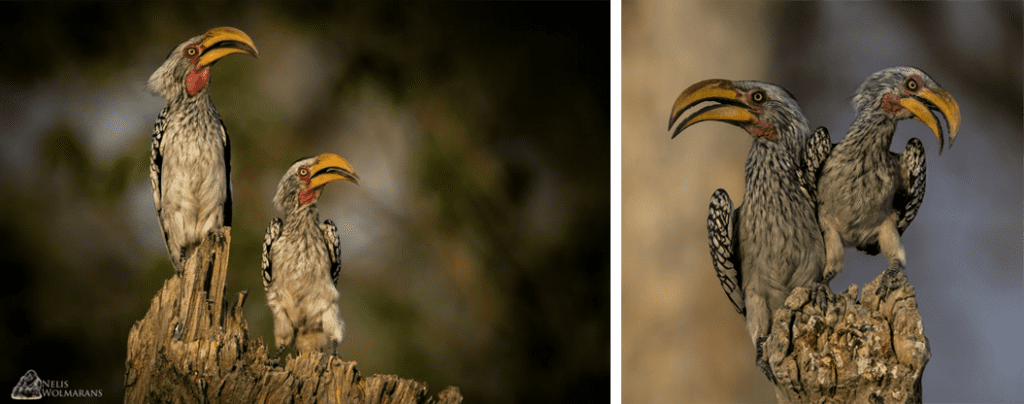
Nelis Wolmarans is a South African wildlife photographer and the Grand Prize Winner of the 2018 Windland Smith Rice International Awards photo competition. He has been my guide for several birding trips to African countries and has also become a dear friend. He has taken the time to thoughtfully contribute some of his advice in order to get the best bird photos.

My passion for wildlife photography started quite a number of years ago but it was much later on when my love for birds and photographing them came to surface. It all started when I was leading a private safari for Owen Deutsch in South Africa that truly inspired this new-found love. Prior to this safari, my knowledge of the various bird species was not very strong at all and spent days in advance, studying up on the species which we might encounter on that photo safari. It was a fun journey which later on resulted in a much-cherished friendship. During this first bird photography safari, of course, we would stumble upon bird species that were unfamiliar to me and Owen Deutsch would photograph and then ask me to identify the species, to which I answered, let’s rather first focus on getting the right shot, and then later that evening, back at the lodge we would sit down and identify the birds we were not 100% sure of. This was quite a stressful safari for me, but it convinced me that I needed to step up my game and put a lot more effort into the birds and photographing them.

Successful Bird Photography
As is the case with most things in life, getting the most out of your photo excursions or safaris very much depends on the amount of careful planning that was put into the safari. Listed below are some of the key factors that I take into consideration.
• Time of the year – Traveling when migratory species are present generally offers much better results than other times of the year with an abundance of species and much greater numbers. This also allows for the photography of interesting behavior.
• Potential species that may be encountered – Study the birds found in these areas and list iconic, vulnerable, or endangered species that you may be able to photograph.
• Photographic conditions – Examine the different conditions in which you may need to photograph as this will also determine the type of photography gear that you would need to best capture your subjects.
• Specialist local guides – Never underestimate the value of local guides and their knowledge of the area, species location, nesting sites, etc.
• Choosing the right lodges or camps – The location can become the perfect backdrop. The photography can be enjoyed in camp or around your accommodation. Most of the birds in and around these camps have grown quite accustomed to having people around and this makes for much better photo opportunities of very relaxed birds. Some lodges also put out feeders for the birds, which also makes for very easy bird photography.

Know your gear and the limitations thereof
Few things are more frustrating than getting to your destination, which may mean several costly flights, just to find out that your gear is not up for the task at hand. Bird photography out in the wild generally demands lenses with a longer focal reach of 500mm and more. Longer focal reach allows us to photograph birds without stepping into their comfort zones and thus allows us to photograph more of their natural behavior. It also means that we do not have to crop away too much of our image, resulting in a serious loss of image quality.
Shooting in darker conditions will require faster lenses such as your fixed f4 lenses to allow more light on the sensor of your camera in darker conditions, such as dense tree canopies and also shooting early mornings and early evenings. These conditions will also require the use of camera bodies that will handle the use of a higher ISO very well, found with most of your full-frame sensor bodies. The use of supports such as monopods also help quite a bit in keeping the camera steady when shooting at very low shutters.

Southern Yellow-billed Hornbills by Owen Deutsch
Find out what the bird photography conditions are like in the locations to which you are traveling and if need be, rent appropriate gear should your own not be able to produce the desired results under those conditions.


